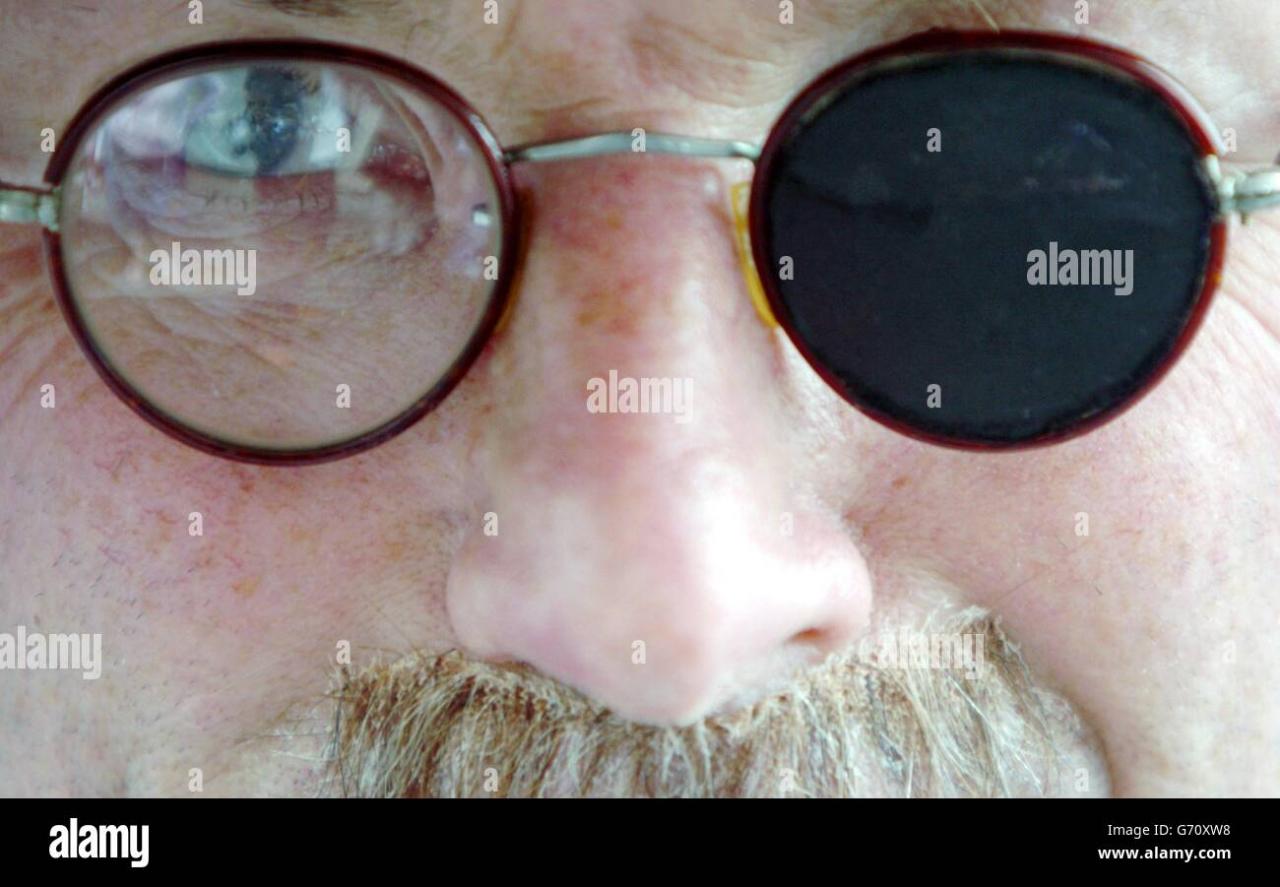A writer in describing an event has the choice – In the realm of storytelling, a writer’s choice in describing an event holds immense power to shape the narrative and captivate readers. This choice extends beyond mere word selection, encompassing a writer’s perspective, the context of the event, literary techniques, narrative structure, and the ultimate impact on the reader.
As we delve into this exploration, we will uncover the complexities of a writer’s role in crafting event descriptions that resonate with audiences and leave a lasting impression.
The Writer’s Perspective

A writer’s personal experiences and biases can both enhance and hinder their ability to describe events objectively. On one hand, firsthand knowledge can provide valuable insights and authenticity to the narrative. On the other hand, personal biases may lead to skewed or incomplete descriptions that favor certain perspectives over others.
For example, a writer who has experienced trauma may be more likely to focus on the negative aspects of an event, while a writer who is emotionally invested in a particular outcome may present a biased account of the events leading up to it.
Ethical Considerations
Writers have an ethical responsibility to present events as accurately and objectively as possible, even when their personal biases may conflict with the facts. This means avoiding sensationalism, bias, and selective omission of information.
Event Context and Interpretation
The context and background of an event can significantly influence a writer’s choice of words and descriptions. Different interpretations of the same event can lead to varying descriptions, depending on the writer’s perspective and the intended audience.
For example, a political rally may be described as a “peaceful gathering” by one writer and a “violent mob” by another, depending on their political affiliations and beliefs.
Cultural, Historical, and Social Factors, A writer in describing an event has the choice
Cultural, historical, and social factors also play a role in shaping event narratives. Writers from different cultures may use different language and imagery to describe the same event, reflecting their unique perspectives and experiences.
Literary Devices and Techniques: A Writer In Describing An Event Has The Choice
Writers use a variety of literary devices and techniques to describe events effectively. These include:
- Similes and Metaphors:These literary devices compare two things using “like” or “as” (similes) or by equating them (metaphors) to create vivid and memorable descriptions.
- Imagery:Writers use sensory details to create vivid mental images for the reader, engaging their senses and making the event more tangible.
- Symbolism:Symbols represent abstract ideas or concepts, adding depth and meaning to event descriptions.
- Foreshadowing:Writers may use subtle hints or clues to suggest future events, creating suspense and anticipation.
- Flashback:Writers can interrupt the present narrative to provide background information or context, enriching the reader’s understanding of the event.
Narrative Structure and Flow
The narrative structure and flow of an event description can influence the reader’s perception of the event. Different structures can create different effects, such as:
- Linear Narratives:These follow a chronological order of events, providing a straightforward and easy-to-follow account.
- Non-Linear Narratives:These disrupt the chronological order, using flashbacks, flashforwards, or other techniques to create a more complex and engaging narrative.
- Fragmented Narratives:These present events in a fragmented and disjointed manner, reflecting the chaos or confusion of the event itself.
The flow of the narrative, including the pacing and transitions, can also impact the reader’s experience.
Reader Engagement and Impact
Writers use various strategies to engage readers and create a lasting impact through event descriptions. These include:
- Emotional Appeals:Writers may use language and imagery to evoke emotions in the reader, creating a strong connection to the event.
- Sensory Details:By engaging the reader’s senses, writers can make the event more vivid and immersive.
- Suspenseful Elements:Creating suspense and uncertainty keeps the reader engaged and invested in the outcome of the event.
Event descriptions can be used to provoke thought, inspire action, or evoke empathy in the reader.
Epilogue
Ultimately, a writer’s choice in describing an event is a testament to their ability to weave a tapestry of words that evokes emotions, sparks imagination, and leaves an indelible mark on the reader’s mind. By understanding the nuances of this choice, writers can harness the power of language to craft narratives that transcend the boundaries of mere description and become transformative experiences for their readers.
Answers to Common Questions
How does a writer’s perspective influence event descriptions?
A writer’s personal experiences, biases, and worldview shape the lens through which they perceive and describe events. This perspective can influence the selection of details, the tone of the description, and the overall interpretation of the event.
What role does context play in event descriptions?
The context of an event, including its historical, cultural, and social backdrop, provides a framework for understanding the writer’s choices. Different interpretations of the same event can arise from varying contextual perspectives.
How do literary devices enhance event descriptions?
Literary devices such as similes, metaphors, and imagery add depth and vividness to event descriptions. They allow writers to evoke sensory experiences, create emotional connections, and convey complex ideas in a memorable way.
What is the significance of narrative structure in event descriptions?
The narrative structure, whether linear, non-linear, or fragmented, influences the flow and pacing of the description. It can shape the reader’s perception of time, causality, and the overall impact of the event.
How do writers engage readers through event descriptions?
Writers use various strategies to engage readers, including emotional appeals, sensory details, and suspenseful elements. By creating a sense of immediacy, evoking empathy, and provoking thought, writers can leave a lasting impression on their audience.